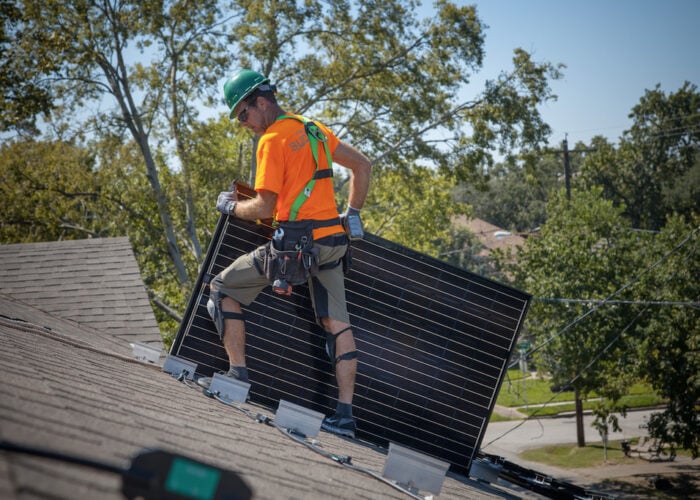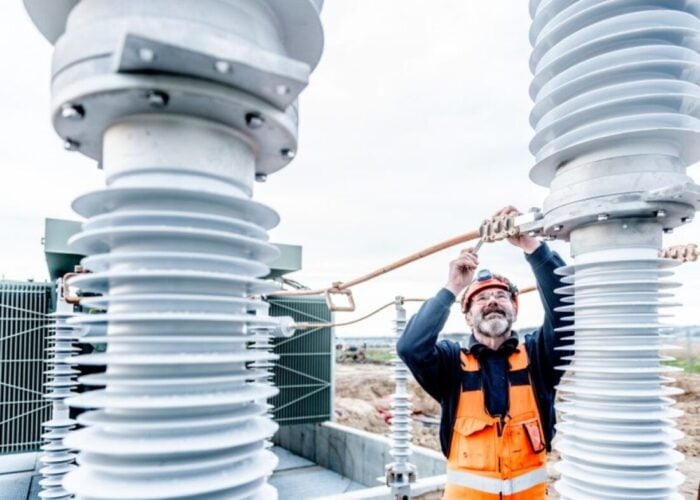At the end of last year Hawaii installed its largest PV system; continuing its renewable energy efforts, Honeywell Building Solutions will be running a two-year pilot program with Hawaiian Electric. Honeywell will use this time to demonstrate how demand response technology can help to integrate more intermittent renewable energy to the electric grid, in order to maintain grid reliability as Hawaii reduces fossil fuel dependence.
Hawaiian Electric will conduct a test of fast demand response (Fast DR) technology, which gives the utility and facilities the tools to reduce demand within 10 minutes of notification of a pending imbalance between supply and demand. Companies receive an incentive to participate and when Fast DR events are triggered they receive an additional per-kilowatt-hour incentive credit. This can translate into thousands of dollars in annual savings.
Unlock unlimited access for 12 whole months of distinctive global analysis
Photovoltaics International is now included.
- Regular insight and analysis of the industry’s biggest developments
- In-depth interviews with the industry’s leading figures
- Unlimited digital access to the PV Tech Power journal catalogue
- Unlimited digital access to the Photovoltaics International journal catalogue
- Access to more than 1,000 technical papers
- Discounts on Solar Media’s portfolio of events, in-person and virtual
The pilot will validate the technical design and tariffs for a full-scale demand response program to support Hawaii's renewable energy goals. It will also contribute to a broader state-wide effort to increase energy independence, security and sustainability.
“Increasing renewable energy requires new and more advanced methods of managing reliability, especially given the variable nature of wind and solar. Our demand response strategy engages our customers in the total solution,” said Scott Seu, Hawaiian Electric vice president for energy resources. “This project will lay the groundwork for new programs to advance a clean energy future for Hawaii.”
Currently, Hawaiian Electric relies on fossil fuel generation to manage the inherent intermittency associated with certain types of renewable energy and other interruptions in grid stability.
“Generating 'negawatts' – or reducing demand – is the cheapest and greenest way to meet electricity needs,” said Paul Orzeske, president of Honeywell Building Solutions. “This project will validate that demand response can deliver negawatts in an accelerated timeframe. Utilities across the globe have ambitious renewable energy goals, and Hawaiian Electric's groundbreaking work will provide a template for solving the challenge of intermittency.”
For the first phase, Honeywell will work with Hawaiian Electric to enrol and connect customers to a regional operating centre. If demand outpaces supply, Hawaiian Electric will trigger a notice for customers to reduce demand within 10 minutes, providing more than 6MW of semi-automated load control when the program is fully subscribed.
A second phase will feature the use of automated demand response (Auto DR) tools from Honeywell, including Akuacom and Tridium technologies. Hawaiian Electric will use the Demand Response Automation Server (DRAS) software from Akuacom to manage its resources and events. At each customer facility, a Tridium smart grid controller will poll the DRAS for event signals. When the utility triggers an event, the controller will receive the signal and communicate with the site's building management system to automatically execute load-shed measures the customer sets in advance, such as cycling air conditioners, and turning off non-essential lights, pumps and motors.
The smart grid controller also sends data from the facility's electricity meter back to the DRAS every five minutes so the utility has immediate feedback on the decrease in demand.
Honeywell states that the Akuacom and Tridium technologies are based on open, industry-accepted standards so they can interact with virtually any building system to enable highly reliable machine-to-machine communication and rapid load reductions.







